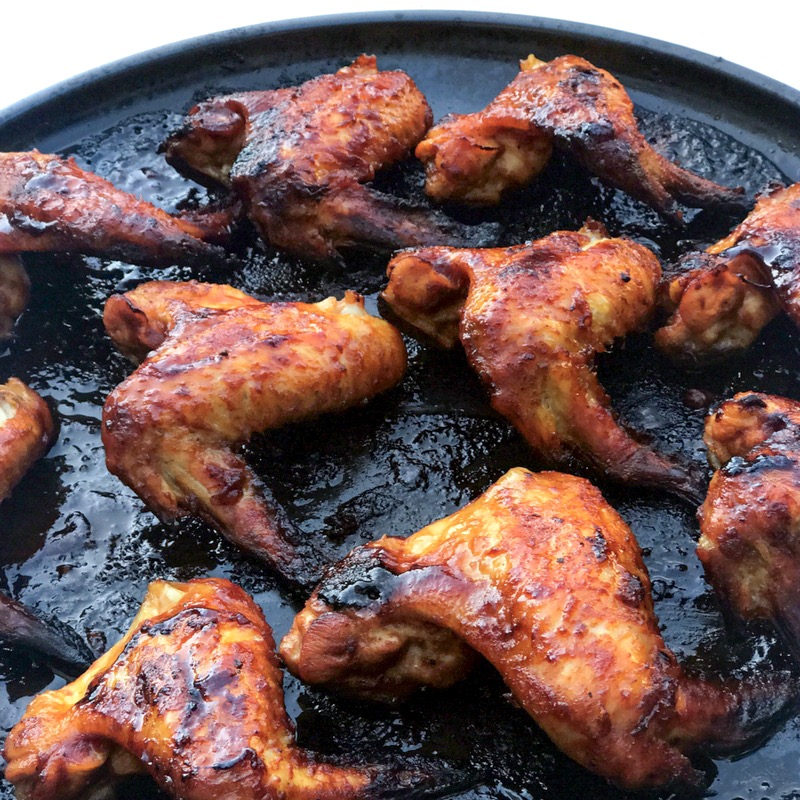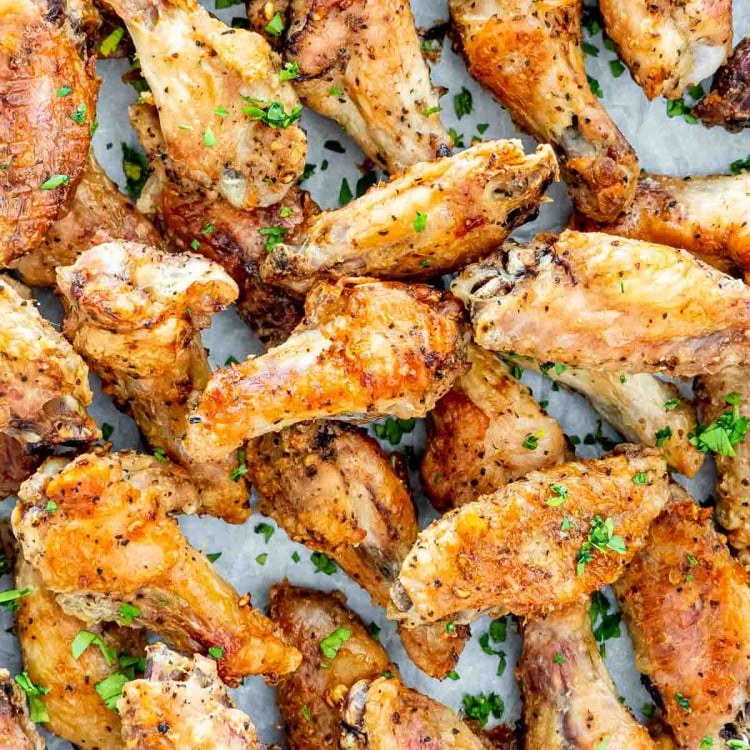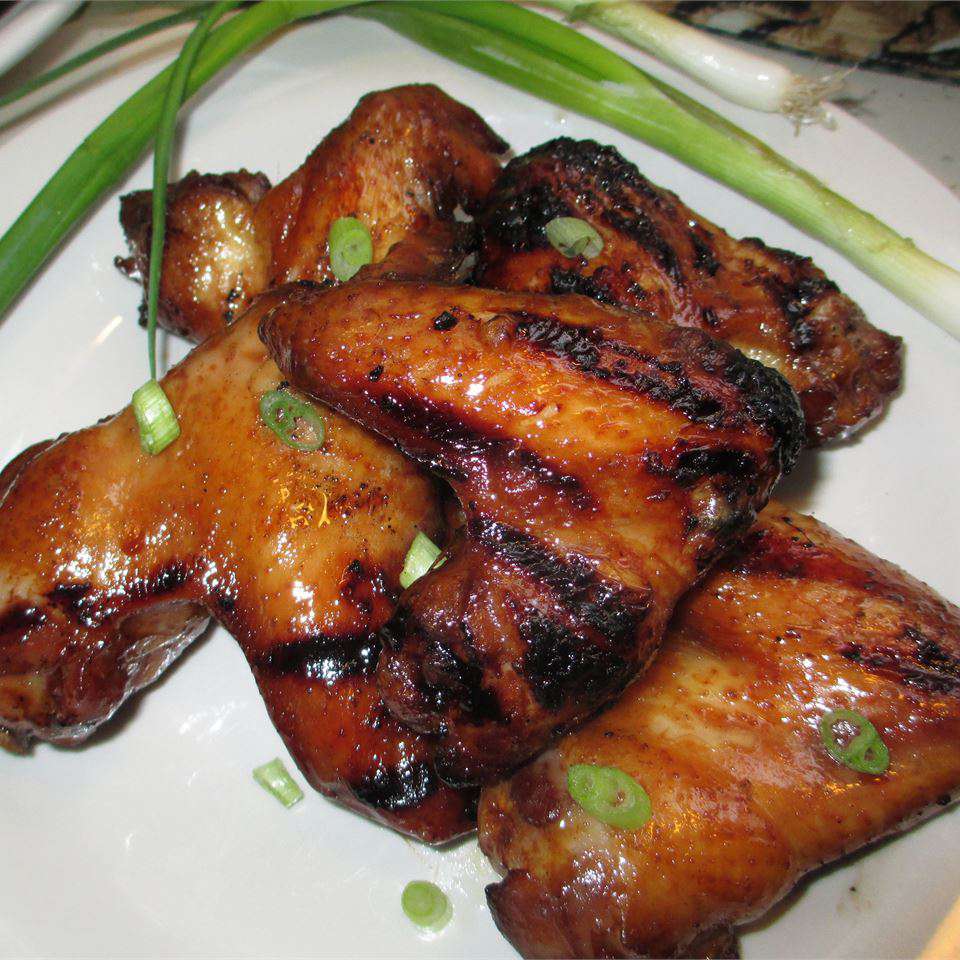How to Cook Chicken Wings on the Stove Without Frying
I. Preparing the Chicken Wings

When it comes to making delicious chicken wings, the first step is preparing the wings. This involves selecting and prepping the wings, as well as seasoning them to enhance their flavor.
A. Selecting and Prepping the Wings
The key to making great chicken wings starts with selecting the right ones. When choosing chicken wings, it’s important to look for ones that are fresh and free of any unpleasant odor. Additionally, you’ll want to ensure that they are fully thawed if you’re using frozen wings.
Once you have your wings selected, it’s time to prep them for cooking. Start by rinsing the wings under cold water and then patting them dry with paper towels. This helps to remove any excess moisture, which can prevent the wings from getting crispy when cooked.
B. Seasoning the Wings
After prepping the wings, it’s time to season them. This is where you can get creative and add your favorite flavors to the wings. A simple combination of salt, pepper, and garlic powder is a classic choice, but feel free to experiment with other seasonings such as paprika, cayenne pepper, or even a dry rub.
To season the wings, place them in a large bowl and drizzle them with a small amount of oil to help the seasonings adhere. Then, sprinkle the seasonings over the wings and toss them to ensure they are evenly coated. Once seasoned, the wings are ready to be seared.
II. Searing the Chicken Wings
Searing the chicken wings is an essential step in the cooking process. This helps to lock in the juices and create a crispy exterior, adding a delicious texture to the wings.
A. Preheating the Pan
To begin searing the chicken wings, you’ll need to preheat a large skillet or frying pan over medium-high heat. Once the pan is hot, add a small amount of oil to prevent the wings from sticking. It’s important not to overcrowd the pan, so work in batches if necessary.
Once the oil is heated, carefully add the seasoned chicken wings to the pan, ensuring that they are in a single layer to allow for even cooking. Let the wings sear for a few minutes on each side until they develop a golden-brown crust.
B. Searing the Wings
As the wings sear, you’ll notice a tantalizing aroma filling the kitchen. This is a sign that the wings are developing a beautiful caramelization, which adds depth of flavor to the dish. Use tongs to carefully flip the wings and sear them on the other side, ensuring that they are cooked through.
Once the wings are seared to perfection, remove them from the pan and place them on a plate lined with paper towels to absorb any excess oil. Allow the wings to rest for a few minutes before serving, as this helps to redistribute the juices and ensure a moist and tender bite.
III. Adding Flavor and Moisture
Once the chicken wings are seared, it’s time to add even more flavor and moisture to enhance their taste.
A. Adding Aromatics and Herbs
One way to elevate the flavor of the wings is by adding aromatics and herbs. Garlic, thyme, and rosemary are popular choices and can be added to the pan after searing the wings, infusing them with a delicious aroma. Simply toss the aromatics and herbs with the wings and let them cook for a minute or two to release their flavors.
B. Basting the Wings
Another method for adding flavor and moisture to the wings is by basting them with a flavorful liquid. This could be a mixture of butter and hot sauce for a classic buffalo wing flavor, or a tangy barbecue sauce for a smoky and sweet taste. Baste the wings generously with the liquid of your choice and let them cook for a few more minutes, allowing the flavors to meld together.
C. Using Additional Liquids or Sauces
In addition to basting, you can also include additional liquids or sauces to further enhance the flavor of the wings. Whether it’s a splash of chicken broth, a drizzle of soy sauce, or a squeeze of lemon juice, these additional liquids can add depth and complexity to the dish. Experiment with different combinations to find a flavor profile that suits your preferences.
IV. Simmering and Cooking
After adding flavor and moisture to the wings, it’s time to simmer and cook them, ensuring they are tender and thoroughly cooked.
A. Simmering the Wings

Once the wings are seasoned, seared, and flavored, reduce the heat to low and cover the pan. Let the wings simmer gently in the liquid for about 20-25 minutes, allowing them to become tender and absorb all the delicious flavors.
B. Checking for Doneness
To ensure the wings are fully cooked, use a meat thermometer to check for an internal temperature of 165°F (74°C). If the wings have reached this temperature, they are ready to be served. If not, continue simmering and checking the temperature at intervals until they are cooked through.
V. Serving and Garnishing
A. Plating the Wings
Once the chicken wings are perfectly cooked and infused with flavor, it’s time to plate them in a visually appealing manner. You can choose to arrange the wings on a platter, stacking them neatly to showcase their tempting texture and mouthwatering aroma. If you prefer a more casual presentation, a large communal serving dish is perfect for a friendly gathering. Ensure that the wings are arranged attractively, allowing for easy access and serving.
B. Garnishing with Fresh Herbs or Citrus Zest
To add a burst of freshness and a pop of color to your dish, consider garnishing the wings with fresh herbs or citrus zest. Chopped cilantro, parsley, or chives sprinkled over the wings will not only enhance their visual appeal but also provide a delightful contrast to the rich and savory flavors. Citrus zest, such as lemon or lime, can also provide a zesty and aromatic touch, making the dish more vibrant and visually appealing.
After plating and garnishing, your chicken wings are now ready to be enjoyed by you and your guests. These final touches elevate the presentation and flavor of the dish, making it even more irresistible.
As you delve into the world of cooking, it’s important to recognize the impact of presentation and finishing touches on the overall dining experience. Whether serving a simple weeknight dinner or hosting a special gathering, the effort put into plating and garnishing can truly enhance the enjoyment of the meal.
And there you have it, the ultimate guide to preparing, searing, adding flavor and moisture, as well as simmering and serving irresistibly delicious chicken wings. With these detailed steps and techniques, you’re well-equipped to master the art of creating delectable chicken wings.
In conclusion, preparing, searing, flavoring, and garnishing chicken wings is a comprehensive process that results in a delectable and visually appealing dish. By following these steps and paying attention to each stage of the cooking process, you can create a stunning and flavorful plate of chicken wings that will impress your guests and leave them coming back for more. So, the next time you’re in the mood for some wings, try these techniques and enjoy the delightful result!

